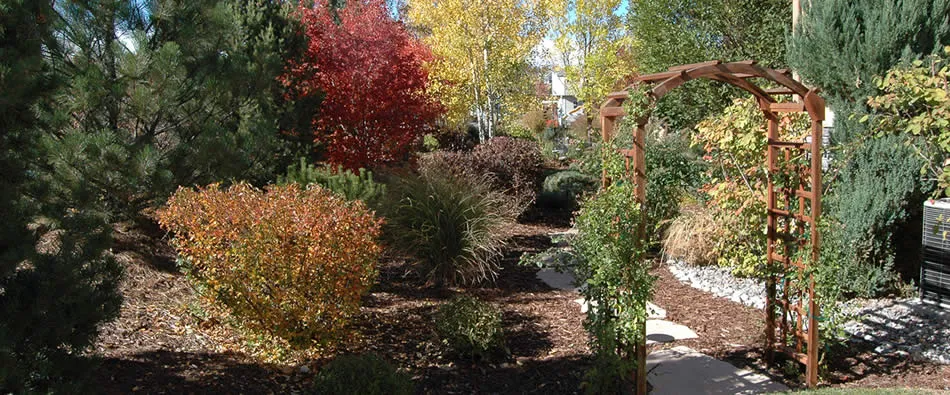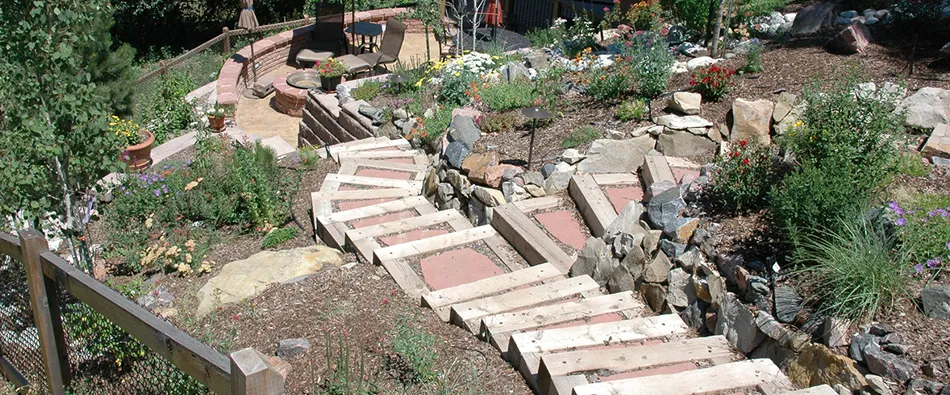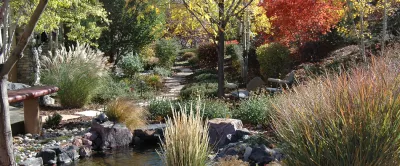Seed Storage:
When storing seeds for the future, be aware that different types of seeds should be stored under different conditions. Their ability to produce a plant depends on the time of seed harvest and the conditions of storage. Most seeds should be stored in a sealed, airtight container and kept in a cool, dark area. Mark the container with indelible ink including the plant and variety name, the date stored and other identification information.
There are three categories of seed storage based on the life of the seed. A viable seed is one that remains alive and is able to produce a live plant. Short-lived seeds are those that are viable for short periods, such as a few days or months under the right conditions. Medium-lived seeds are viable for two or three years if stored at low humidity and low temperatures. Long-lived seeds have hard seed coats. They are impermeable to water and can remain viable for up to 15 or 20 years.
To determine if stored seeds are still viable, take few of them, count them and place them in a pot or flat tray filled with potting mix. Water the seeds well and give them plenty of light. Keep the potting mix moist, and see how many seeds sprout. If more than half to three quarters of the seeds sprout, then the seeds have a good chance of germinating in the garden. Hybridized seeds, which are developed from a complex genetic process, are grown and sold for superior characteristics like large flowers and very tasty fruit. Seeds collected from these plants will seldom produce similar desirable plants from their seeds. Do not save or store these seeds; in most cases, the resulting plants will be a disappointment.
Contact us for your entire landscaping needs at:






